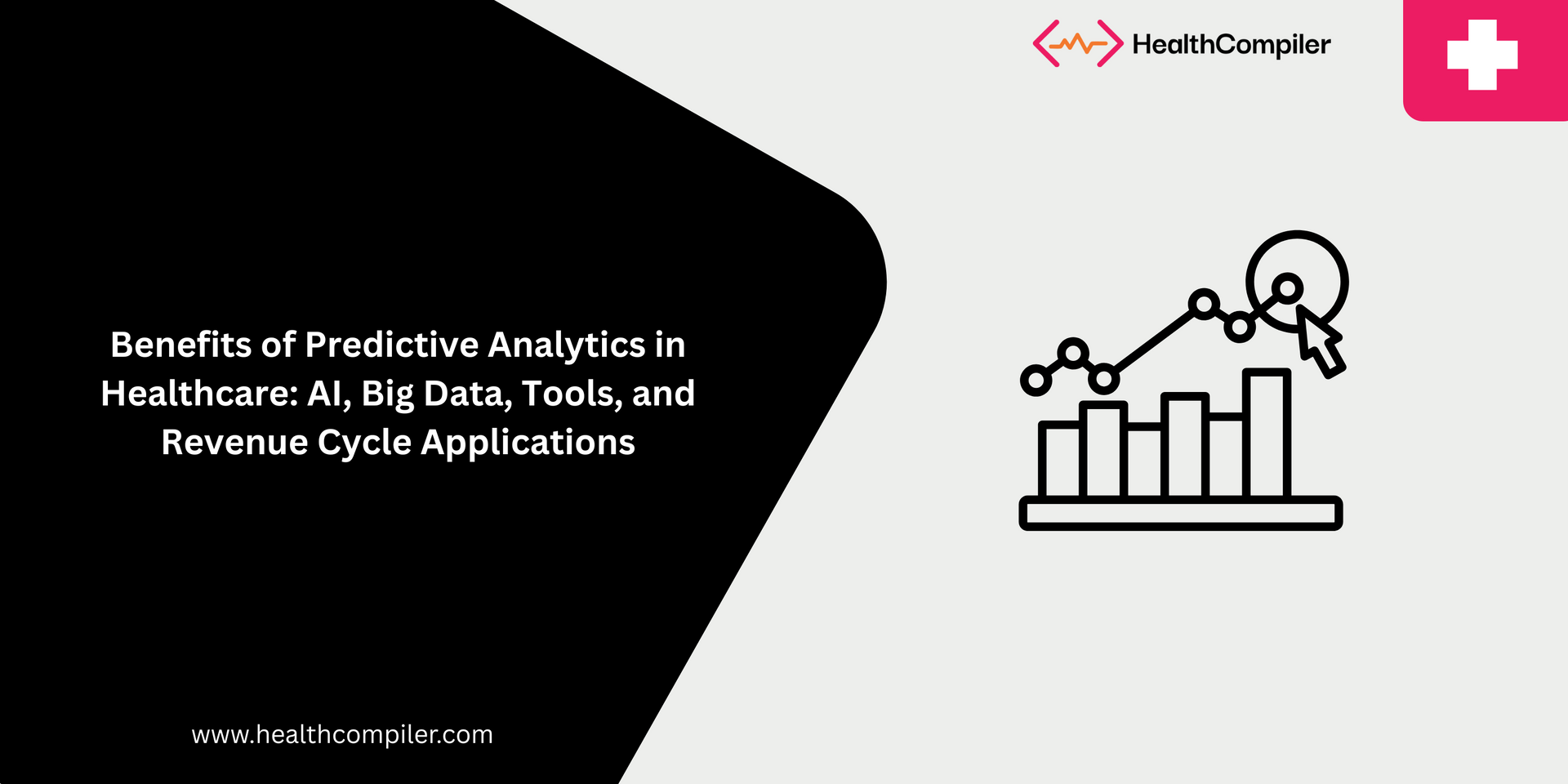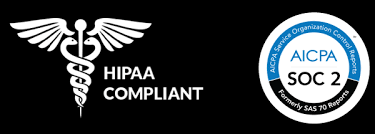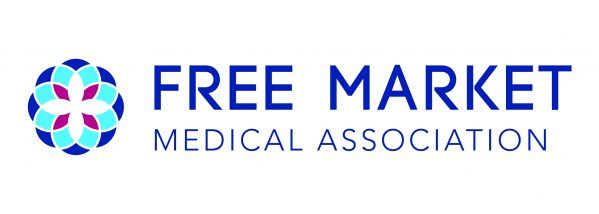Benefits of Predictive Analytics in Healthcare: AI, Big Data, Tools, and Revenue Cycle Applications

Healthcare has always been about decisions, diagnosing, predicting, and planning the best course of care. What’s changing today is how those decisions are being informed. With AI, machine learning, and access to vast amounts of clinical and operational data, predictive analytics in healthcare is no longer a buzzword. It’s a set of practical tools reshaping patient care, operational efficiency, and financial stability.
This blog explores the benefits of predictive analytics in healthcare, the technologies driving it, and how it is being applied across both clinical care and the revenue cycle.
What Is Predictive Analytics in Healthcare?
At its core, predictive analytics is the practice of using historical and real-time data to anticipate future outcomes. In healthcare, this means drawing insights from clinical records, claims, pharmacy data, imaging, and even wearable devices to forecast trends and identify risks before they escalate.
Where traditional reporting is descriptive (“what happened”), predictive modeling in healthcare is forward-looking (“what is likely to happen”). The payoff is more proactive care, smarter use of resources, and improved financial sustainability.
Benefits of Predictive Analytics in Healthcare
The use of predictive analytics in healthcare delivers tangible value across multiple fronts:
- Earlier detection of risk: Predictive modeling in healthcare can flag patients at risk for conditions like diabetes, sepsis, or heart failure long before critical intervention is needed.
- Personalized care plans: By stratifying patients into risk categories, care teams can customize outreach and preventive measures.
- Reduced readmissions: Hospitals can identify patients likely to be readmitted and deploy targeted follow-up programs, cutting penalties and improving outcomes.
- Operational efficiency: Predictive analytics tools in healthcare can forecast appointment no-shows, ED utilization, or staffing shortages, allowing for smarter resource allocation.
- Financial resilience: Beyond clinical care, predictive analytics in healthcare revenue cycle management helps providers anticipate denials, delays, and cash flow gaps.
Simply put, predictive analytics helps healthcare organizations move from reactive to proactive, saving costs while improving the patient experience.
Predictive Analytics Using Big Data
One of the biggest drivers of accuracy in predictive modeling is scale. Predictive analytics in healthcare using big data harnesses diverse, high-volume datasets that include:
- EHR data: Clinical history, lab results, imaging reports.
- Claims data: Insurance submissions and utilization trends.
- Social determinants of health (SDOH): Income, housing, education, and environment factors.
- Wearable and remote monitoring data: Continuous tracking of vitals, activity, and adherence.
The integration of big data creates a more complete patient profile, leading to stronger models and better interventions. The challenge for many organizations is less about collecting data and more about aligning it into usable, actionable formats.
AI and Predictive Analytics in Healthcare
The role of AI is central to scaling predictive models. AI predictive analytics in healthcare takes traditional statistical forecasting and layers on machine learning capabilities to continuously refine models based on new inputs.
- Pattern recognition: AI can detect subtle signals in imaging or lab results that may indicate early disease progression.
- Natural language processing (NLP): AI interprets free-text physician notes, expanding usable data sources for prediction.
- Adaptive learning: Models evolve as more patient outcomes are fed back into the system, improving accuracy over time.
AI doesn’t replace clinical judgment but enhances it, providing decision support that gives physicians more confidence and patients more personalized care.
Predictive Analytics Tools in Healthcare
Healthcare organizations today have a wide range of predictive analytics tools in healthcare to choose from, spanning population health management, risk stratification, and revenue cycle optimization. Effective tools should offer:
- Integration with existing EHRs and claims systems for seamless data flow.
- User-friendly dashboards that translate complex analytics into clear, actionable insights.
- Customizable models tailored to the patient population and practice type.
- Reporting capabilities for regulatory, payer, and employer partners.
The best tools are not just predictive but also prescriptive, helping care teams determine the right next action, not just the likely outcome.
Predictive Analytics in Healthcare Revenue Cycle
While clinical benefits often get the spotlight, predictive analytics in the healthcare revenue cycle is equally transformative. Health systems and practices use predictive models to:
- Forecast claim denials and take corrective action before submission.
- Identify patients most likely to delay or default on payments, enabling tailored financial counseling.
- Predict cash flow shortfalls and adjust operational budgets.
- Benchmark payer performance and negotiate contracts from a stronger position.
For providers balancing tight margins, this application is critical. Strong revenue cycle predictions mean fewer financial surprises and more stability to invest back into patient care.
Predictive Modeling in Healthcare: The Road Ahead
The benefits of predictive analytics in healthcare will only expand as data becomes more connected and AI grows more sophisticated. From chronic disease prevention to operational planning and financial stewardship, predictive modeling is fast becoming a core competency for forward-thinking healthcare organizations.
The takeaway is clear: predictive analytics isn’t just a tool. It’s a shift in mindset, from treating problems after they happen to anticipating them before they occur. And in healthcare, that shift saves lives, saves money, and strengthens the bond between patients and providers.
At Health Compiler, we believe data should work quietly in the background to empower better decisions in healthcare. Our
healthcare data analytics solutions are designed to turn complex information into clear, actionable insights, helping organizations improve outcomes, demonstrate value, and manage costs with confidence.



